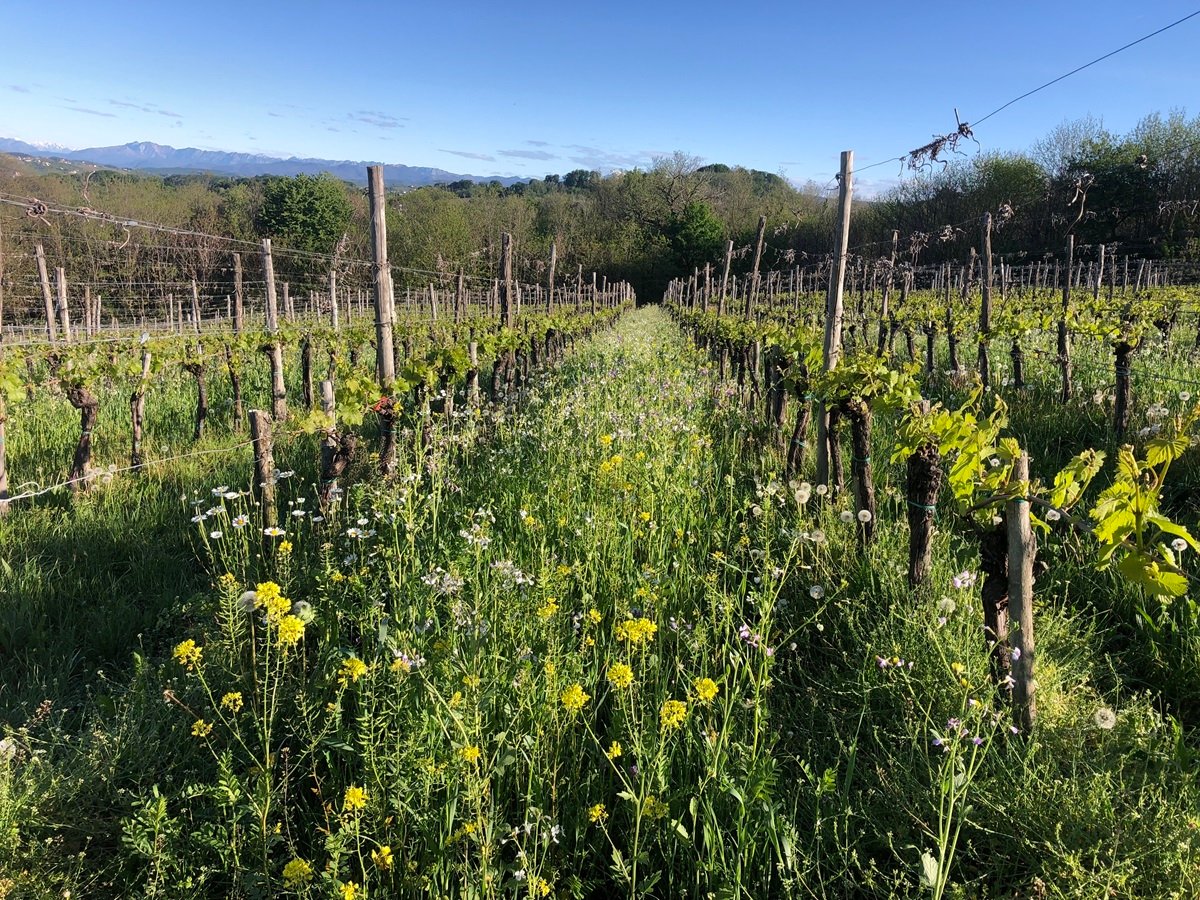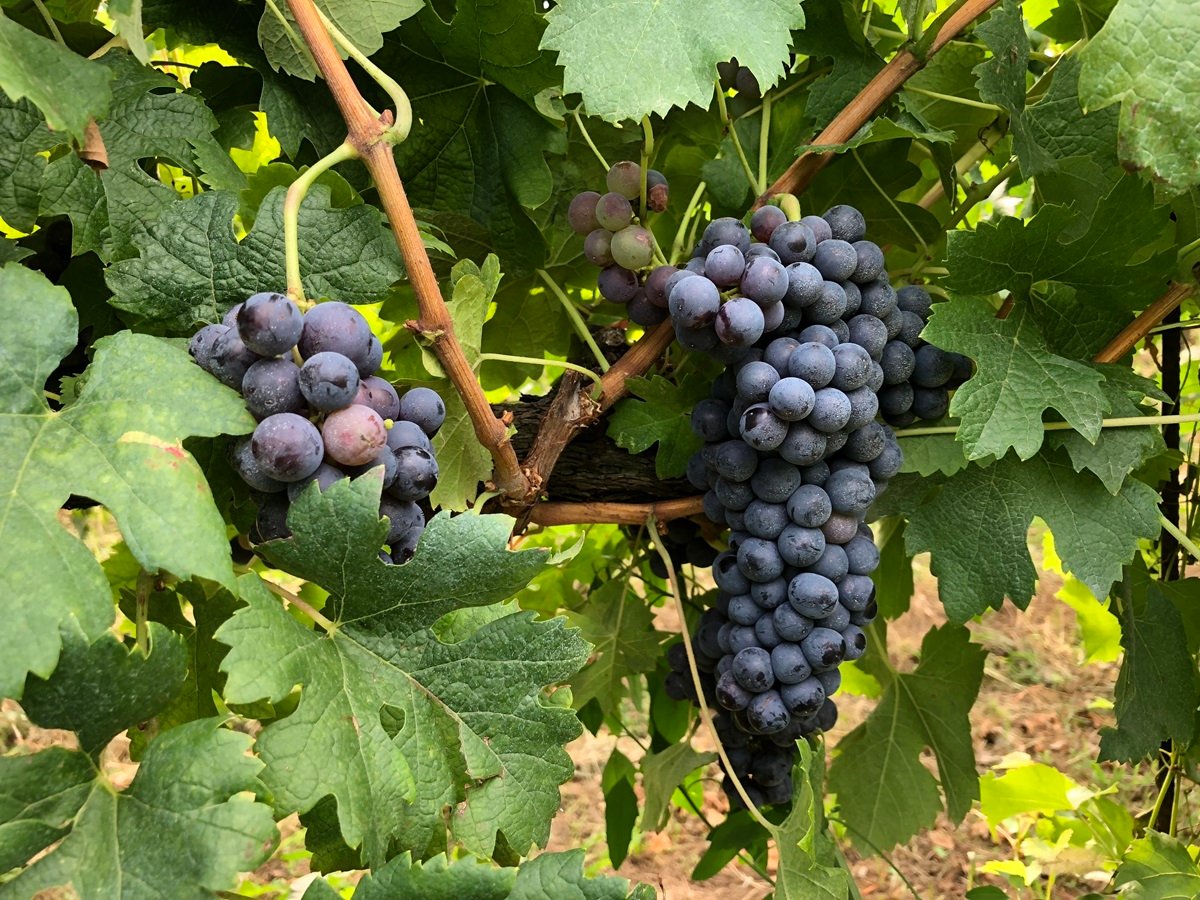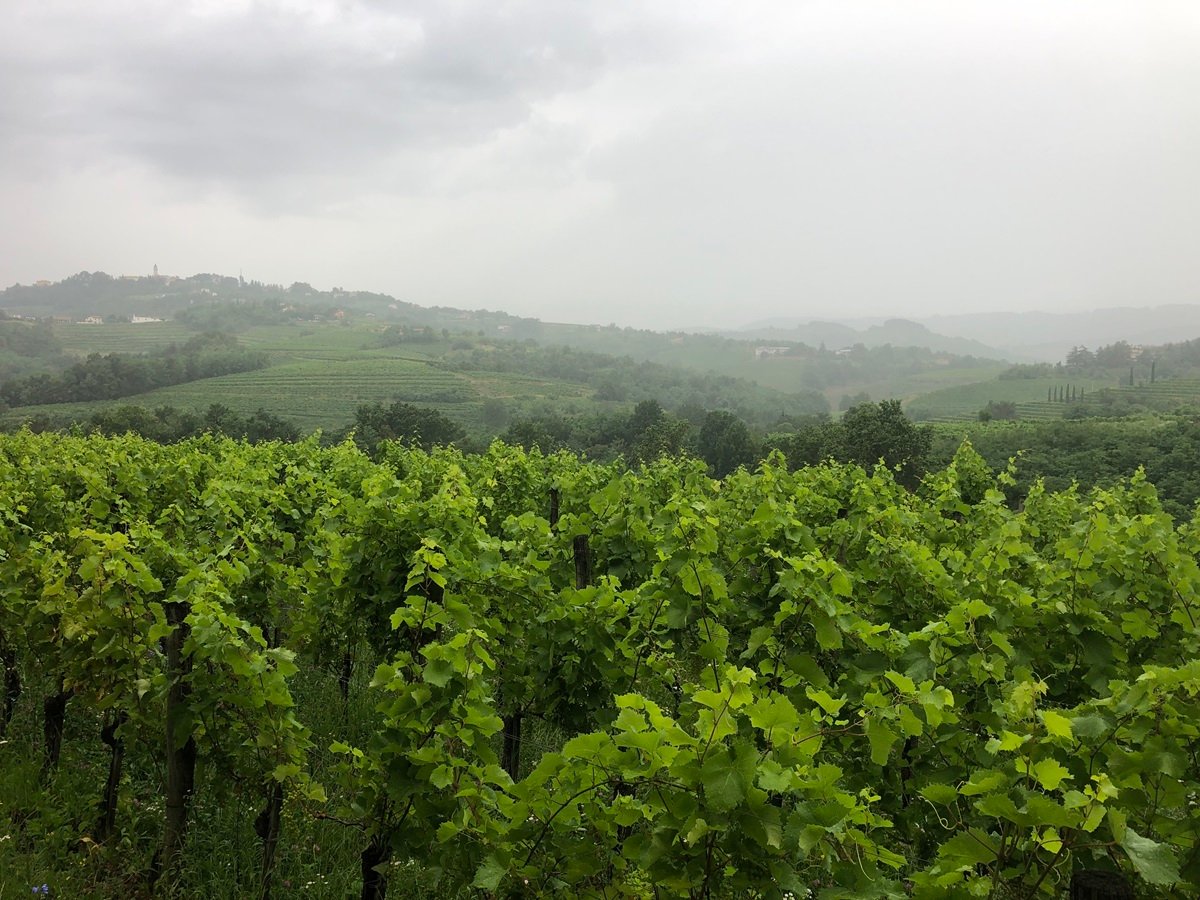“Everything you can imagine, nature has already created.”
Albert Einstein
23 November 2023
Viticulture season 2022-2023 in Italy:
weather information and observations from the areas where we operate
The beginning of 2023 was characterised by a remarkable water deficit that affected all Italian regions. The winter of the 2022-2023 viticulture season was the fifth warmest since 1800.
This Spring began with above-average temperatures – March was among the ten hottest ever – and then closed slightly above average (+ 0.14 °C); this positive anomaly was slight due to the drop in temperature in April. May decreed the end of our country’s drought phase.

The summer of 2023 was the eighth hottest since the beginning of CNR-ISAC measurements, i.e. since 1800. From the point of view of precipitation, the summer quarter ended on average, over most of Italy, with areas even in surplus.
September and October were two months that recorded the greatest anomaly in terms of temperatures (+0.93°C and +0.85°C respectively). According to the Drought Central hypothesis, these high air and sea temperatures favoured intense evaporation, thus increasing atmospheric humidity, which in turn increased the likelihood of heavy rainfall such as that which occurred at the end of October/beginning of November (flooding in Tuscany and weather warnings in Friuli).
At the national level, estimates by Assoenologi, ISMEA, and UIV for 2023 indicate a 12% drop in production compared to 2022—well beyond the -20% seen in many Italian regions.
As for the technological characteristics of the grapes, during the 2022–2023 growing season, the sugar content at harvest was below average, particularly in flatland vineyards. Starting in early September, sugar accumulation in many vineyards came to a halt, while the average bunch weight continued to decrease and pH levels increased. Acidity levels were good to very good, at least until the first ten days of September.
Considering all these factors, the 2022–2023 vintage will certainly not be remembered as a great one.

North East Italy
After a winter characterised by a discrete drought and rather high temperatures, spring presented itself with a prolonged phase of unstable weather, with fluctuating temperatures and frequent rainfall. The Plant protection planning proved difficult due to the adverse weather and high disease pressure, which was almost constant from vegetative development to veraison.
Since the beginning of August, the first symptoms of botrytis, particularly in the vineyards previously affected by the July hailstorms, and of other secondary rot have been detected. Attacks that were slowed down by the exceptional heat in the middle of the month – which led to severe dehydration and scalding of the bunches – but which resumed following the rains and lowering of the pre-harvest temperatures. The spread of Flavescence dorée in the Triveneto is still on the increase, while Scafoideo populations (we talked about it in this article) were lower than in previous years.
Piedmont
Meteorologically similar to Friuli, as far as the phytosanitary aspect is concerned, the presence of downy mildew was recorded, although with limited damage to the bunch. Other problems occurred in the spring with above-average vine Noctua damage, in addition to the usual flavescence and esca disease symptoms. In addition, in the eastern part of the region, an important presence of Popillia japonica was found, which consequently led to more or less intense defoliation of the foliage.

Sicily
During the flowering period, there was abundant rainfall (more than 150 mm) and strong gusts of wind that, in May and June, favoured the formation of vigorous vegetation and the onset of phytopathologies, especially downy mildew, which affected native vines with greater incidence. The record heat, recorded in July with temperatures reaching 42°C, caused the vineyards to slow down their biochemical processes; in some cases, the bunches failed to overcome the stress of exposure to the sun’s rays.
In the first few days of August, although average temperatures remained high, there were more and more widespread cloud accumulations, especially over the western part of the region; these produced downpours of thunderstorms and, more importantly, led to a drop in temperatures, thus favouring the vegetative-productive recovery of the vines. The ripening of the grapes was delayed by about a week compared to the last few vintages, approaching a schedule considered normal.









